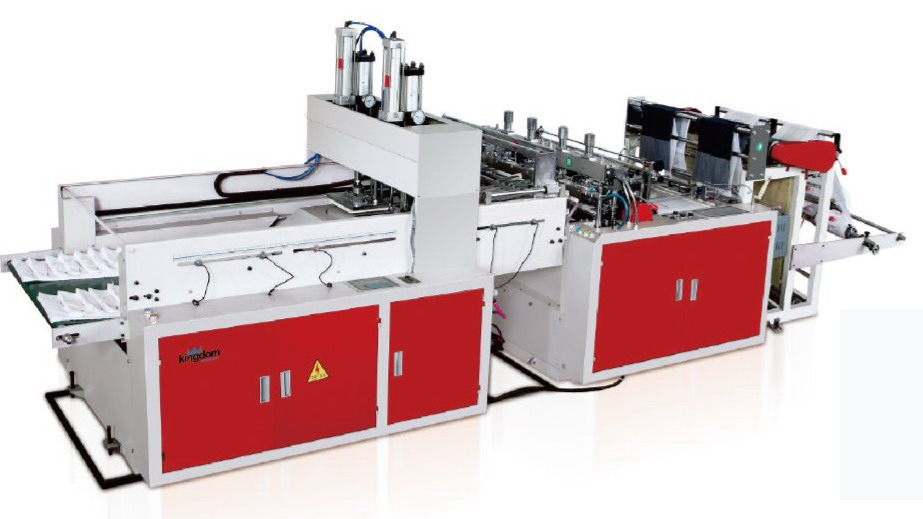The World of Sports Gambling Podcast: A Comprehensive Guide
Sports gambling has become a multi-billion dollar industry, with millions of people around the world participating in some form of betting every year. With the rise of online sportsbooks and the increasing popularity of sports gambling podcasts, it’s easier than ever to get involved and stay informed. In this article, we’ll take a closer look at the world of sports gambling podcasts and provide you with a comprehensive guide on how to get started and make the most of your experience.
Sports gambling podcasts have become incredibly popular in recent years, with many shows attracting thousands of listeners every week. These podcasts offer a unique opportunity for sports fans to stay up-to-date on the latest news and trends in the world of sports gambling, as well as gain valuable insights and advice from experienced bettors and industry experts. Whether you’re a seasoned gambler or just starting out, sports gambling podcasts can be a great resource for anyone looking to improve their knowledge and make more informed betting decisions.
One of the key benefits of sports gambling podcasts is the ability to stay informed about the latest developments in the world of sports betting. From new sportsbook promotions and bonuses to changes in the odds and lines, podcasts can provide you with the information you need to make smart betting decisions. Many podcasts also feature interviews with industry experts, such as sportsbooks operators, handicappers, and professional bettors, who share their insights and expertise on a wide range of topics.
In addition to providing valuable information and insights, sports gambling podcasts can also be a great way to stay entertained and engaged. Many shows feature lively discussions and debates, as well as interviews with interesting guests. Whether you’re listening to a podcast on your daily commute or while watching a game, sports gambling podcasts can add an extra layer of enjoyment and excitement to your sports viewing experience.
When it comes to choosing a sports gambling podcast to listen to, there are a number of factors to consider. First and foremost, you’ll want to look for a podcast that covers the sports and leagues that you’re interested in. Some podcasts focus on specific sports, such as football or basketball, while others cover a wide range of sports and leagues. You’ll also want to consider the level of expertise and experience of the podcast’s hosts and guests, as well as the overall tone and style of the show.
Some popular types of sports gambling podcasts include those that focus on daily fantasy sports, as well as those that cover sports betting news and trends. There are also podcasts that focus on specific betting strategies, such as line shopping and bankroll management. No matter what your interests or experience level, there’s likely a sports gambling podcast out there that’s right for you.
If you’re new to sports gambling podcasts, you may be wondering how to get started. The good news is that it’s easy to find and listen to sports gambling podcasts. Many popular podcasts are available on popular platforms such as Apple Podcasts, Spotify, and Google Podcasts. You can also find sports gambling podcasts on the websites of sportsbooks and other online gaming operators.
In addition to listening to sports gambling podcasts, you may also want to consider joining online communities and forums where you can connect with other sports fans and gamblers. These communities can be a great resource for learning more about sports betting and gaining insights from others. Many online communities also offer live streams and chat rooms where you can discuss games and share your thoughts and opinions with others.
For those who are new to sports gambling, it’s essential to understand the basics of sports betting. Sports betting involves placing a wager on the outcome of a sporting event. There are many different types of bets that you can place, including point spreads, moneylines, and over/unders. A point spread is a bet on the margin of victory in a game, while a moneyline bet is a bet on the outright winner of a game. Over/under bets involve wagering on the total score of a game.
To get started with sports betting, you’ll need to find a reputable online sportsbook. When choosing a sportsbook, there are several factors to consider. First, you’ll want to make sure that the sportsbook is licensed and regulated by a reputable authority. You’ll also want to consider the sportsbook’s reputation, as well as the types of bets and promotions they offer. Some sportsbooks offer bonuses and promotions for new customers, which can be a great way to get started with sports betting.
Once you’ve chosen a sportsbook and funded your account, you can start placing bets. It’s essential to have a solid understanding of the odds and lines, as well as the different types of bets that are available. You should also have a clear plan for managing your bankroll and minimizing your losses. By following these tips and staying informed through sports gambling podcasts and other resources, you can make more informed betting decisions and increase your chances of success.
In recent years, there has been a significant increase in the popularity of daily fantasy sports. Daily fantasy sports involve creating a fantasy team of players and competing against others based on their performance in a single game or over a short period of time. Many sports gambling podcasts now cover daily fantasy sports, providing listeners with tips and advice on how to build a winning team.
Another key aspect of sports gambling podcasts is the focus on sports betting strategy. Many podcasts offer tips and advice on how to make smart betting decisions, such as line shopping and bankroll management. Line shopping involves comparing the odds and lines offered by different sportsbooks to find the best value. Bankroll management involves setting a budget for your betting activities and sticking to it.
When it comes to making smart betting decisions, it’s essential to have a solid understanding of the odds and lines. The odds represent the probability of an event occurring, while the lines represent the point spread or other conditions of the bet. By understanding how to read the odds and lines, you can make more informed betting decisions and increase your chances of success.
For those who are serious about sports betting, it’s essential to have a clear plan and strategy. This includes setting a budget and sticking to it, as well as having a solid understanding of the odds and lines. It’s also essential to stay informed and up-to-date on the latest news and trends in the world of sports betting. By following these tips and staying focused, you can make more informed betting decisions and achieve your goals.
In conclusion, sports gambling podcasts can be a valuable resource for anyone interested in sports betting. Whether you’re a seasoned gambler or just starting out, these podcasts can provide you with the information and insights you need to make smart betting decisions. By choosing a reputable podcast and staying informed, you can increase your chances of success and enjoy a more rewarding sports viewing experience. With the right knowledge and strategy, you can make the most of your sports betting experience and achieve your goals.
The number of sports gambling podcasts available is vast and it continues to grow. As the popularity of sports betting continues to increase, it’s likely that we’ll see even more podcasts emerge. With so many options available, you’re sure to find a podcast that meets your needs and interests.
If you’re looking to improve your sports betting experience, consider tuning in to a sports gambling podcast. With their expert insights, lively discussions, and up-to-date information, sports gambling podcasts can be a great way to stay informed and entertained. Whether you’re a seasoned gambler or just starting out, sports gambling podcasts can help you make more informed betting decisions and achieve your goals.
1. Sports gambling podcasts offer a unique opportunity for sports fans



 The Evolution of Water Treatment: Understanding the Role of Used Belt Press
The Evolution of Water Treatment: Understanding the Role of Used Belt Press
 The Tipping Bucket: Understanding the Science Behind Weather Forecasting
The Tipping Bucket: Understanding the Science Behind Weather Forecasting